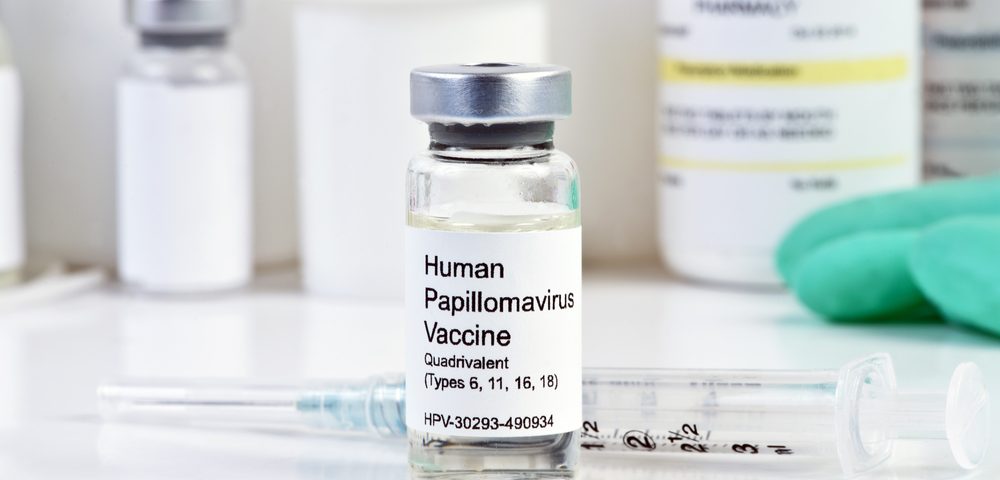Group Health, a healthcare system in Washington state, is preparing to explain and administer to patients the new human papilloma virus (HPV) vaccination protocol, which lowers barriers to life-saving medication by reducing the number of injections needed from three to two in some teenage patients.
Group Health is now clarifying what the new protocol means. In October, the Centers for Disease Control and Prevention’s (CDC) Advisory Committee on Immunization Practices (ACIP) recommended changes to the protocol, primarily eliminating one injection and simplifying the process.
The CDC approved reducing the number of shots from three to two for teenagers ages 9 to 14. Teens and young adults starting at age 15, however, won’t see any changes to their protocol – unless they’ve taken their first shot before they turned 15.
Even though it has been simplified, the new protocol might still raise some questions, particularly for teens who may have already started to receive their initial doses. Anyone who might be experiencing some doubts should ask their doctor for more information.
According to CDC, HPV is a common infection. In the United States alone, nearly one in four people (80 million people) are currently estimated to live with the infection, including men and women.
There are different types of HPV; some viruses will cause genital warts, others will cause cervical cancer or less common cancers like vaginal and anal cancer.
The HPV vaccine protects both men and women against the most common HPV types that can cause health problems. The best time to vaccinate is before initiating sexual activity.
Here is a brief clarification of how the new HPV vaccine protocol works:
- From 9 to 14 years old, patients who haven’t received their initial shot will now receive the two-dose protocol separated by a minimum of six months – replacing what was a three-dose requirement.
- From 9 to 14 years old, patients who have already received their initial shot will now have the option to wait for six months and complete the protocol with one more injection. If they’ve had two doses within six months, they’ll still have to take a third shot.
- From 9 to 14 years old, patients who have already received two HPV vaccine shots at least six months apart have now completed their treatment.
- From age 15 onward, patients will be required to continue taking the traditional three-dose vaccine, unless they’ve received their first dose before their 15th birthday – in which case only two doses, separated by a minimum of six months, are required.
“Group Health long has been a strong advocate for HPV vaccination, educating our members about this potentially life-saving vaccine,” John Dunn, the 2016 Washington State Childhood Immunization Champion for CDC and assistant medical director of preventive care at Group Health, said in a press release.
“This new protocol helps advance the work we’ve already been doing in our clinics and through the Group Health Foundation to educate the community and lower barriers to encourage more young people to be vaccinated against HPV.”

